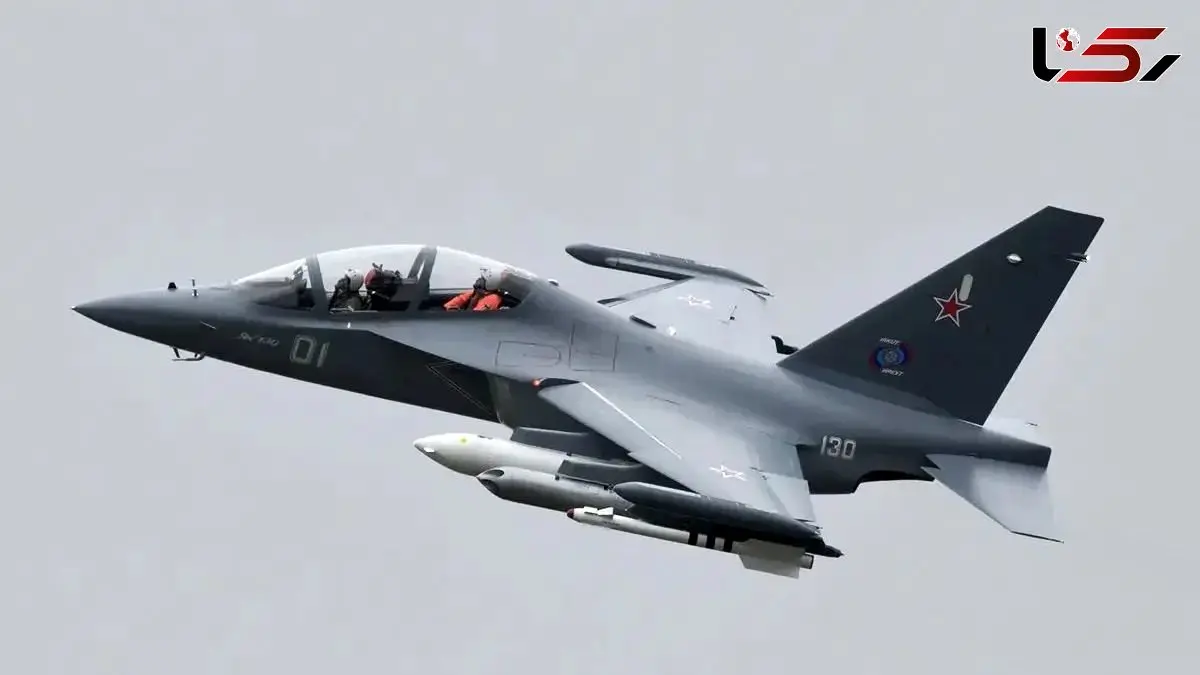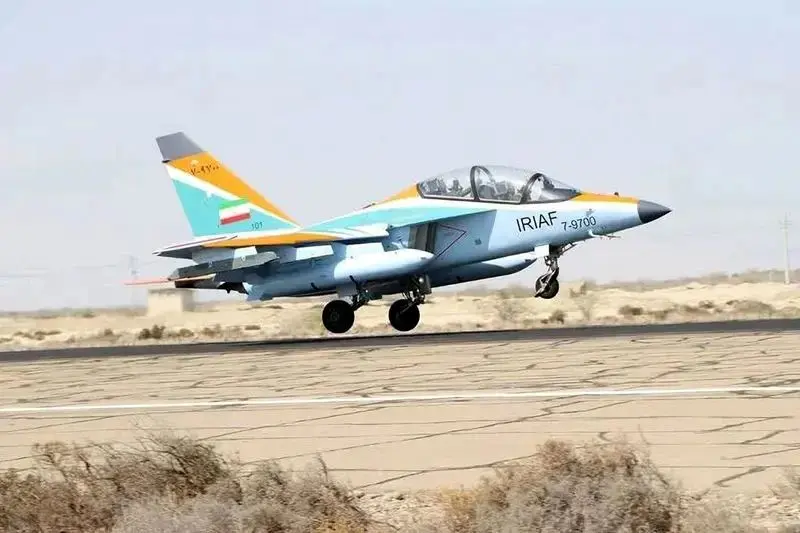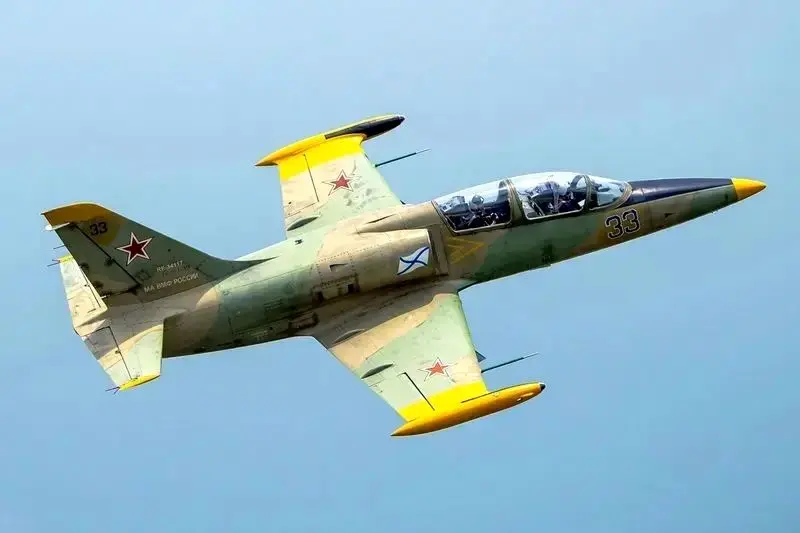Reports Emerge of Russian Transport Flights to Iran:
Yak-130 — The Key to Iran’s Path Toward Advanced Su-35 Fighter Jets
Rokna Political Desk: The Yak-130, serving as both a trainer and a light combat aircraft, represents Iran’s critical first step in preparing its pilots to operate the advanced fourth-generation Su-35 fighter jets. Alongside Iran’s reported plan to purchase 48 Su-35s from Russia, this development marks a significant enhancement in the country’s air power capabilities.

In recent days, the Yak-130 dual-role trainer and light attack jet has once again drawn attention on social media. The renewed interest follows reports of heavy Russian transport aircraft flying into Iran, images allegedly showing newly delivered Yak-130s stationed at Iranian air bases, and the resurfacing of discussions about the Su-35 acquisition deal.
The Yakovlev Yak-130 first appeared prominently in Iranian defense news in 2023, when it was revealed that these aircraft had been delivered to Iran as part of post-UN-sanctions arms agreements with Russia following the implementation of the JCPOA. The first of these jets became operational in Iran in September 2023.
During the “Zolfaghar 1403” military exercise, the Iranian Air Force showcased the Yak-130 among its active aircraft.

Contrary to claims made by some unofficial media, the Yak-130 is not a powerful combat jet. Experts emphasize that Iran’s purchase was not for combat use but for training purposes. As an advanced jet trainer and light attack aircraft, the Yak-130’s primary mission is to prepare Iranian pilots for flying fourth-generation fighters such as the Su-35. Reports last month suggested that Iran had presented Moscow with a 6-billion-euro proposal to purchase 48 Su-35s.
Features and Specifications of the Yak-130
The Yak-130, which has served in the Russian Air Force since 2010, is a subsonic, twin-seat jet designed for advanced pilot training. It replaced the L-39 Albatros, which had been Russia’s main training aircraft for decades. The Yak-130 is powered by two turbofan engines located under the wings, with air intakes embedded along the fuselage. The aircraft carries two external fuel tanks under the wings and one internal tank. Both cockpits are equipped with three color multifunctional displays and are compatible with night vision systems.
Its radar system, housed in the aircraft’s nose, has a detection range of 60 kilometers, capable of tracking up to eight targets simultaneously and engaging two at once. The Yak-130 can be fitted with electronic warfare (EW) systems and flare dispensers for countering heat-seeking missiles. It is equipped with Russia’s GLONASS navigation system, though export variants often feature GPS integration.

The Yak-130 was specifically designed to train pilots for operating 4+ and fifth-generation Russian fighters such as the Su-35 and Su-57. However, it can also perform light attack missions, carrying up to 3,000 kilograms of ordnance across 10 external hardpoints. Analysts note that despite being subsonic, the aircraft demonstrates impressive agility in air combat and could potentially replace aging platforms like the F-5 and Su-25 in limited roles.
Send Comments